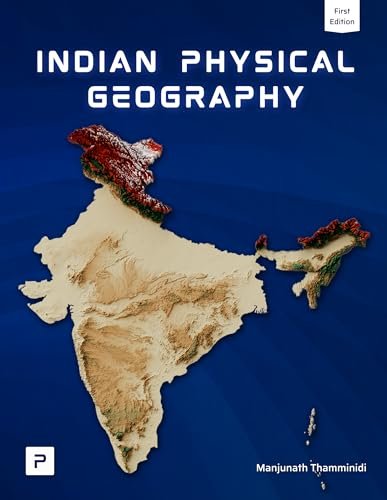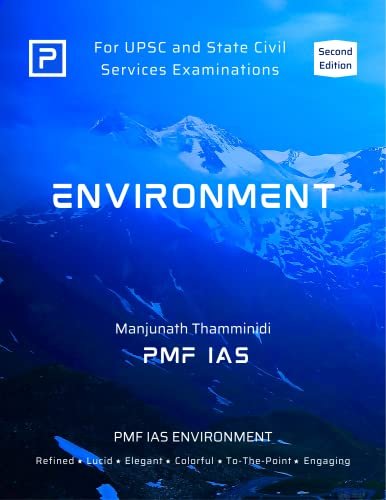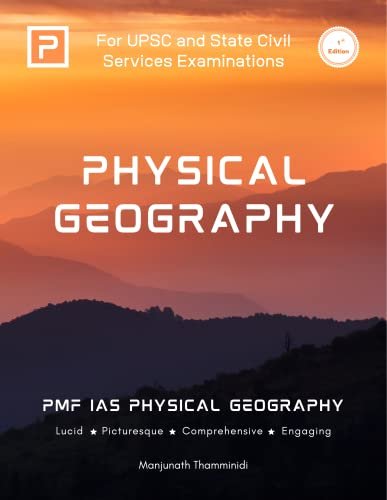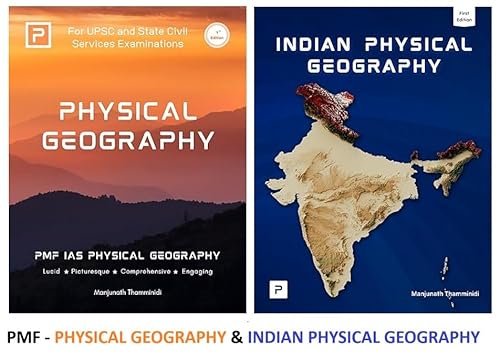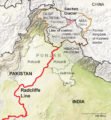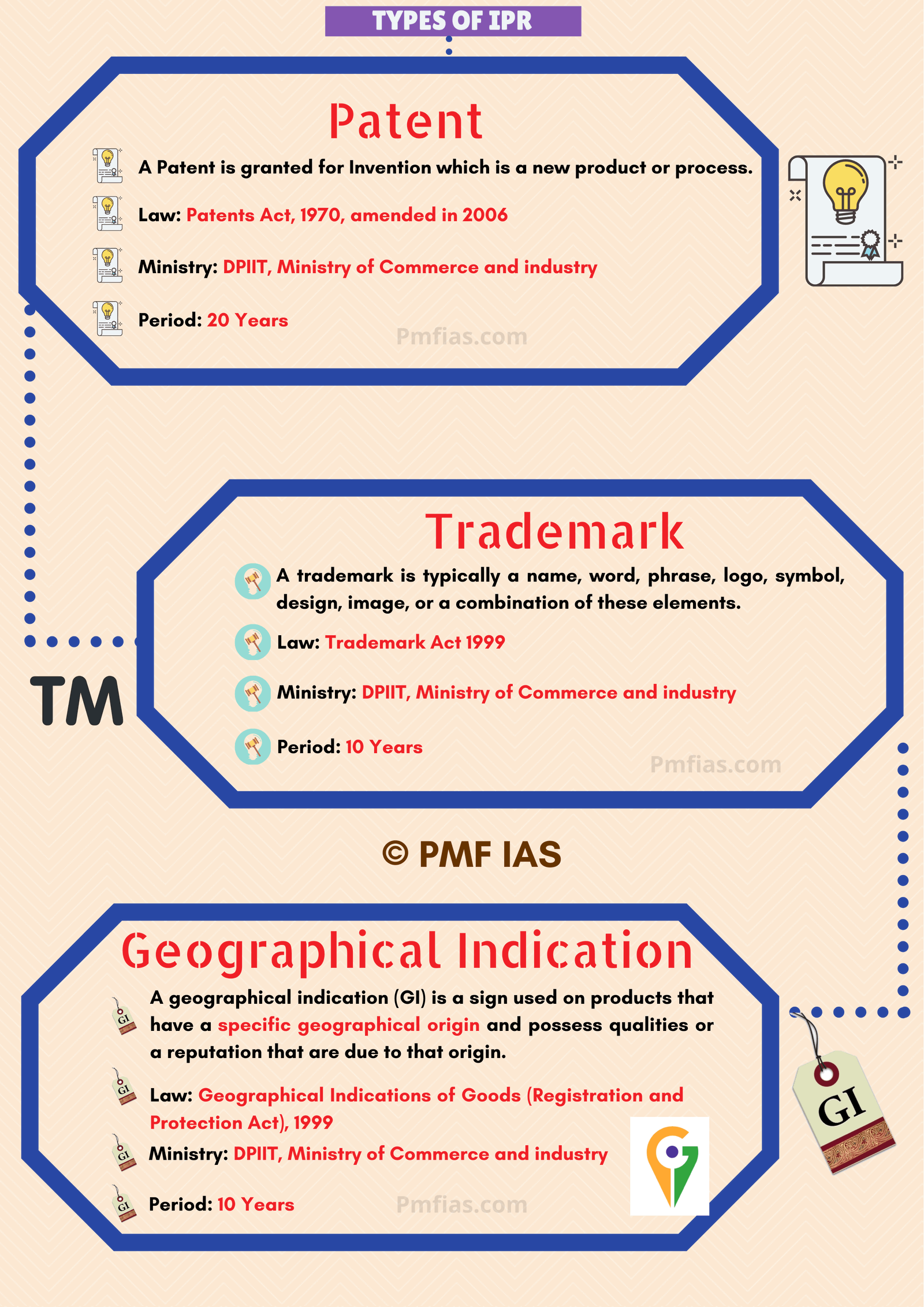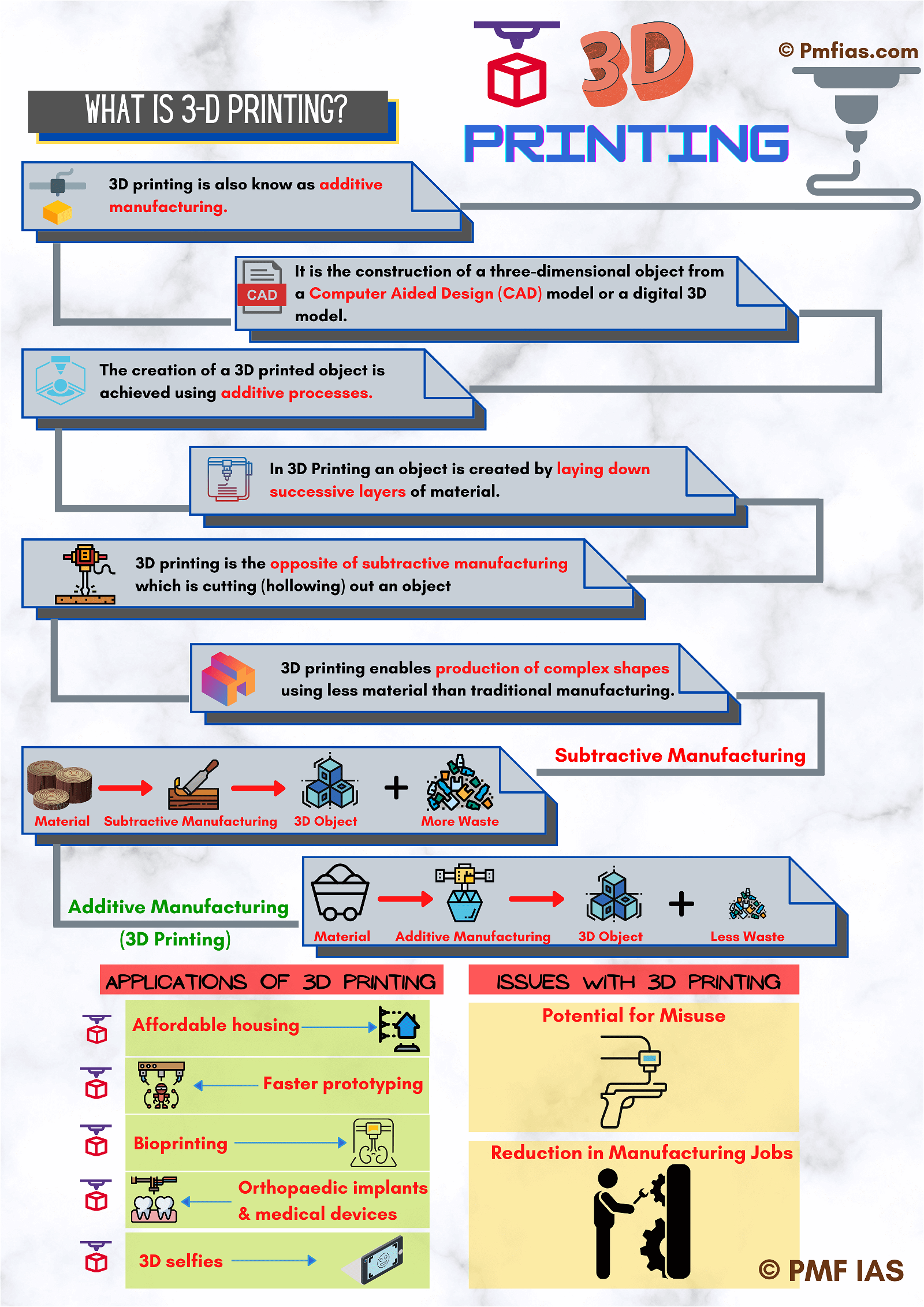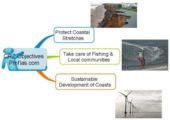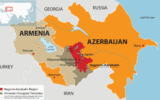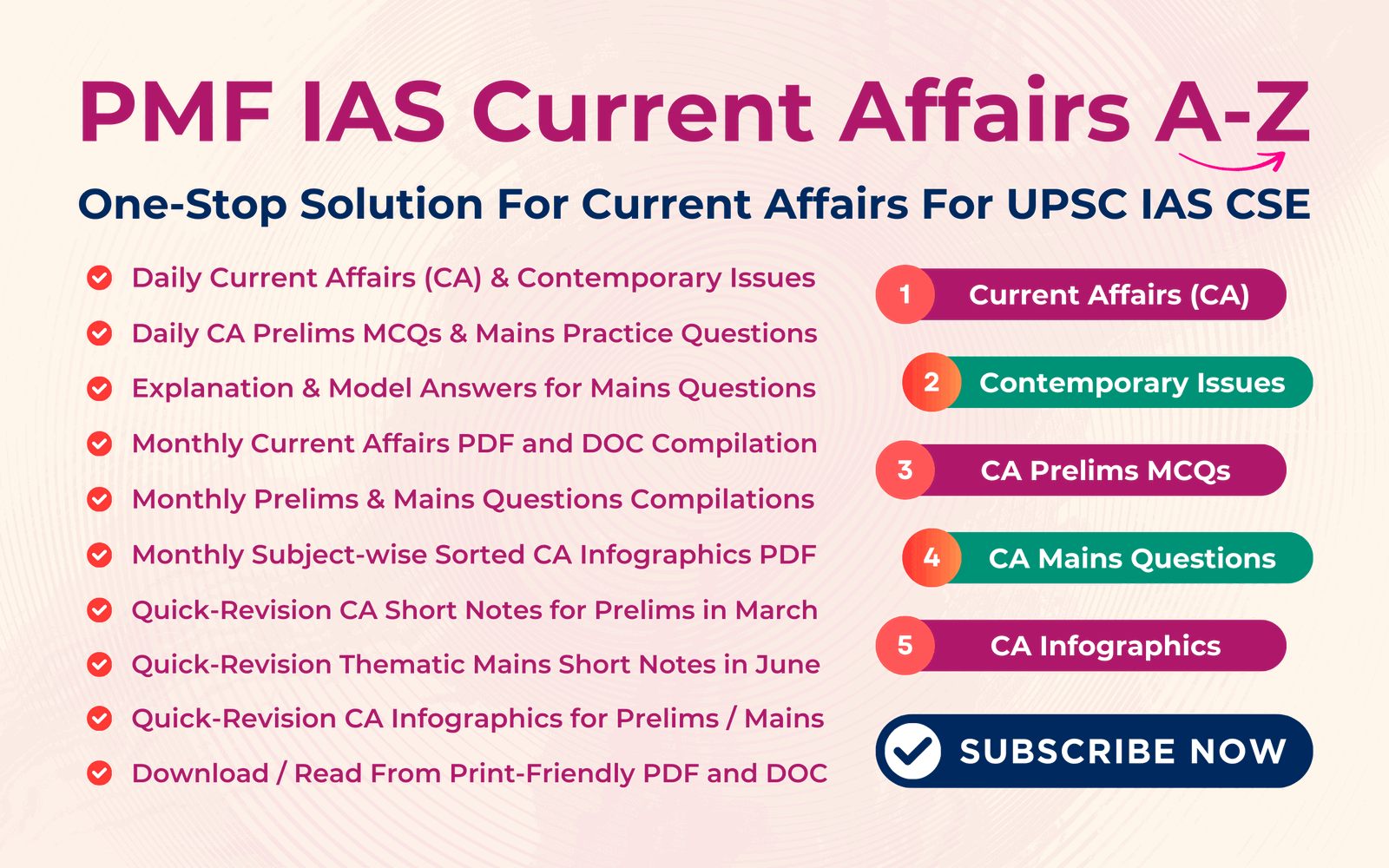
[CA 19-08-2016] NWC | Article 293 – Borrowing by States | Star Rating of Mines
Subscribers of "Current Affairs" course can Download Daily Current Affairs in PDF/DOC
Subscribe to Never Miss an Important Update! Assured Discounts on New Products!
Must Join PMF IAS Telegram Channel & PMF IAS History Telegram Channel
“Corporate Bonds” and “Impact of political interference in the functioning of central bank” will be coved as a separate articles with detailed explanation of basics.
All backlogs will be covered as soon as possible.
The Hindu
Proposed National Water Commission (NWC) for Integrated Water Management
- NWC will be a knowledge institution providing solutions to water problems faced by State governments, farmers and other stakeholders.
- The proposed NWC subsumes the
- Central Water Commission (CWC – set up in 1945) and
- Central Ground Water Board (CGWB – set up in 1971).
- The proposed eight divisions of the NWC:
- Irrigation Reform,
- River Rejuvenation,
- Participatory Groundwater Management,
- Urban and Industrial Water,
- Water Security (including droughts, floods and climate change) and
- Water Quality.
Need for NWC [Integrated Water Management]
- CWC and CGWB cover two different aspects of water management and this is leading to inefficient use of water.
- An integrated water management is the need of the hour, and NWC is proposed to meet this particular objective.
- CWC and CGWB were created in an era where creating irrigation capacity to ensure food self-sufficiency was the sole objective.
- They succeeded in creating huge irrigation potential (113 million hectares).
- In spite of the huge irrigation potential created, water is not reaching the farmers.
Maharashtra has 40 per cent of the country’s large dams, but 82 per cent area of the state is still rainfed.
- CGWB promotion of ground water has aggravated India’s groundwater crisis:
- water tables fall and water quality declines,
- pollution: arsenic, fluoride and even uranium entering our drinking water.
- over-extraction of groundwater is the main reason behind drying up of India’s peninsular rivers.
Mihir Shah (water policy expert) recommends
- We must take a multidisciplinary view of water. We require not only engineers & hydrogeologists but also environmentalists, economists, social scientists, agronomists etc.
- We need to adopt the participatory approach to water management — all stakeholders must be involved in the decision making and water management.
- We must view groundwater and surface water in an integrated, holistic
- CWC and CGWB cannot continue to work in isolated fashion. They must be unified.
- We need to focus on river basins which must form the fundamental units for management of water.
- The NWC, if commissioned, needs to be present in all major river basins of India.
Challenges in creating NWC
- CWC and CGWB personnel might oppose the reform.
- Political noncooperation due to vote bank politics.
- States might oppose the creation of NWC.
- Your report doesn’t encourage interlinking of rivers, one of the most vocal commitments of Water Minister Uma Bharti.
Fodder points
Mihir Shah’s opinion on ILR – Interlinking of rivers
- NCW or integrated water management is an immediate and less challenging solution to harness our irrigation potential. [water in dams will reach farmers]
- He thinks NCW can avoid inter-State conflicts, land acquisition problems and corruption that has become a big issue in irrigation projects over the years.
- Shah doesn’t oppose or back ILR. He thinks that ILR is not a near future option.
Interlinking of rivers (ILR)
- Scientists fear that the humongous ILR project could endanger the integrity of India’s monsoon cycle, which depends crucially on fresh river water flowing into the sea.
Side effects of Liquor Ban
Backdrop: Bihar’s liquor policy has received severe criticism from all quarters.
- Loss of revenue for the ban imposing state and spurt in revenue for the neighboring states.
- Spurt in the consumption of illicit alcohol and associated deaths.
- Spurt in underground trade and loss of revenue.
- Black market grows and production becomes unregulated.
- Poor drunkards have to pay much more than before = more poverty.
Alleged conspiracy theories behind Liquor Ban
- One shot two birds:
- Capitalizing on Women vote bank.
- Major chunk of revenue from Legal liquor trade goes into states treasury. By imposing liquor ban the revenue can be diverted into the hands of mafia – the chief financers of Indian elections.
Khap like Draconian rules by Bihar Government
- Capital punishment for those trading in illicit liquor.
- Provisions for punishing
- family members above the age of 18 in case of consumption of alcohol at home, and
- the top management of companies in case of consumption within their company premises.
- District magistrates can impose fines on whole villages or communities in case of repeated violations of the prohibition regime.
PIB
1% Environment Protection Charge
- Supreme Court has directed all manufacturers/dealers of Delhi-NCR, selling diesel cars with engine capacity of 2000 cc and above, to pay 1% Environment Protection Charge
- Central Pollution Control Board will be collecting the Environment Protection Charge.
Income Declaration Scheme, 2016
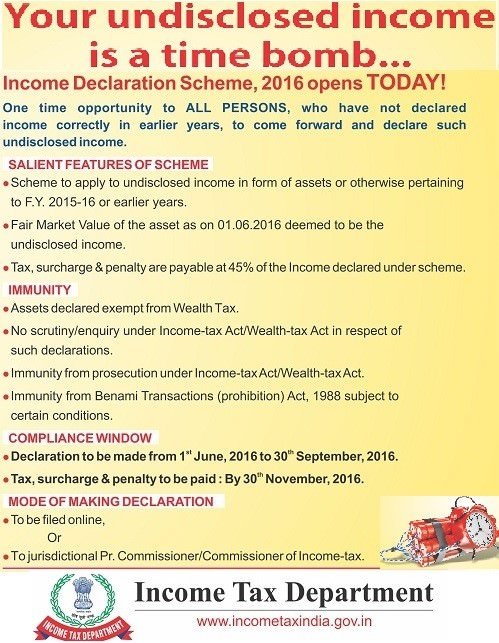
Article 293 in The Constitution Of India
- Articles 293 sets the rules under which states can borrow from within the country.
293. Borrowing by States
Article 293 (1)
- State can borrow within the territory of India upon the security of the Consolidated Fund of the State.
- Borrowing limits are fixed by the Legislature of such State.
- Legislature of such State will fix the guarantees on borrowing.
Article 293 (2)
- The limits on central government loans to states is fixed under Article 292.
- The loaned amount is charged on the Consolidated Fund of India.
- The central government gives guarantee in respect of loans raised by any State from within the country.
Article 293 (3)
- A State may not, without the consent of the GOI, raise any loan if there is still outstanding any part of a loan made to the State by the GOI or, in respect of which a guarantee has been given by the GOI.
Article 293 (4)
- The GOI can impose conditions on borrowing by the states when there is still outstanding any part of a loan.
Central Government decides to simplify Article 293 (3)
- Article 293 (3) defines the consent mechanism for raising Open Market Borrowings (OMBs) [simply ‘borrowings’] by States.
At present
- States are required to obtain quarterly consent [4 times a year] from the Central Government for raising OMBs within the Net Borrowing Ceiling (NBC).
- NBC is fixed for each of the States as per the formula prescribed by the Fourteenth Finance Commission (FFC).
The proposed simplified mechanism
Consent under Article 293(3) is needed only on 3 occasions during the year
- States can get a ‘one-time consent’ for raising OMBs during the first nine months of financial year.
- Thereafter, based on the assessment of details of borrowings and repayment thereof, consent for the first two months of the fourth quarter will be given.
- The consent for the last month of the financial year that is March will be given based on the re-assessment of actual borrowings for the first 11 months by the states.
Purpose
- Co-operative federalism.
- Bring-in the transparency and predictability in the Open Market Borrowings (OMBs) by the States.
[I don’t know how exactly this is a simplified mechanism as no article explained it in detail]
[May be it reduces the burden of preparing a balance sheet every three months.]
Reasons for high proportion of accidental deaths in India
Backdrop: India will soon be hosting 3rd World Trauma Congress.
- Non-availability of trauma systems which include care from the injury site till rehabilitation;
- Pre-hospital care is absent in many states;
- Insufficient number of ambulances, traffic jams and ignorant public (people block the path of ambulances);
- Lack of trained manpower and proper organization;
- In-hospital trauma care infrastructure is inadequate due to lack of resources and trained manpower;
- Hospitals are not equipped to handle ‘multiple injured patients’;
- Emergency Medical Services (EMS) Legislation is not uniformly adapted;
- Lack of quick response mechanism to deal with accidents;
- Lack of authentic data and trauma related research; and
- Non-existent or few rehabilitation facilities.
Relevant Facts/Stats
- Road traffic injuries are among the three leading causes of death for people between 5 and 44 years of age.
- Road injuries and deaths cause a colossal economic cost of up to 3% GDP.
- 52 persons died every hour in various accidents in 2014.
- Major causes of accidental deaths in India are “Traffic accident, “Drowning”, “Poisoning” and “Accidental fire”.
- India has the highest Road crash mortality in the world.
National Injury Control Program
- Ministry of will soon launch National Injury Control Program.
- Objective: Provide trauma healthcare and save lives during accidents.
Star Rating of Major Mineral Mines
- Sustainable Development Framework (SDF) for Indian Mining Sector: inclusive growth, without adversely affecting the social, economic and environmental well-being.
- Star Rating System developed by Indian Bureau of Mines (Ministry of Mines).
- The system will evaluate mining footprints.
- Primary Objective: To bring all mines to a minimum standard of Star Rating in the shortest possible time frame to adopt sustainable practices.
- Hope: The positive impact of getting higher Star Rating will drive miners to quickly adopt sustainable mining practices.
The star rating will be based on the following parameters
- Scientific and systematic mining to mitigate environmental impact.
- Addressing social impacts of resettlement and rehabilitation of mining affected people.
- Welfare programmes for socio-economic development of local community.
- Progressive and final mine closure to ensure for restoration of mined out land.
- Adoption of international standards for mining operations and reporting.
Based on the performance of the mining leases, a one to five star rating would be given to the mines.
The Star Rating could be included as statutory provision in the MCDR (Mineral Conservation And Development Rules 1988) for time-bound achieving of minimum 4star.
The main advantages of the Star Rating of Mines
- Mitigation of environmental impacts on land, air and water by mining activities.
- Technical, environmental and social data of the mining sector at one platform will enable better management and monitoring of the compliance.
- Help in formulation of Comprehensive Regional Plans.
- Availability of the information on mining as well as the conservation activities in public domain to enable greater transparency.
- Reduced delays in obtaining various clearances (environmental, forest, mining plan, etc.) for mines.
- Encourage adoption of highest standards and sharing and good practices.
All backlogs will be covered as soon as possible.

